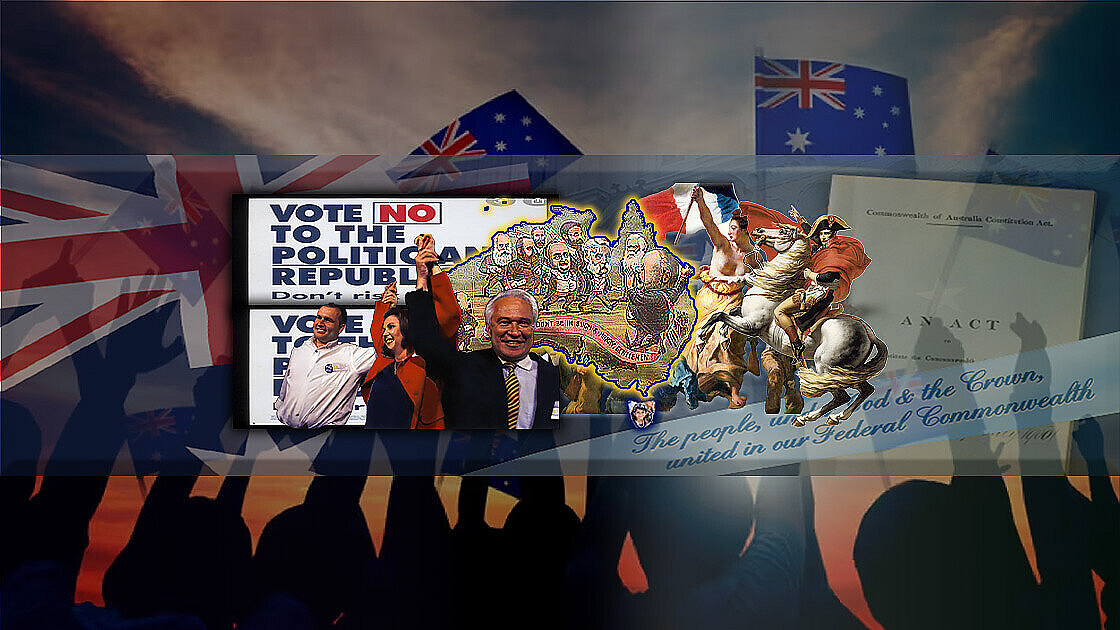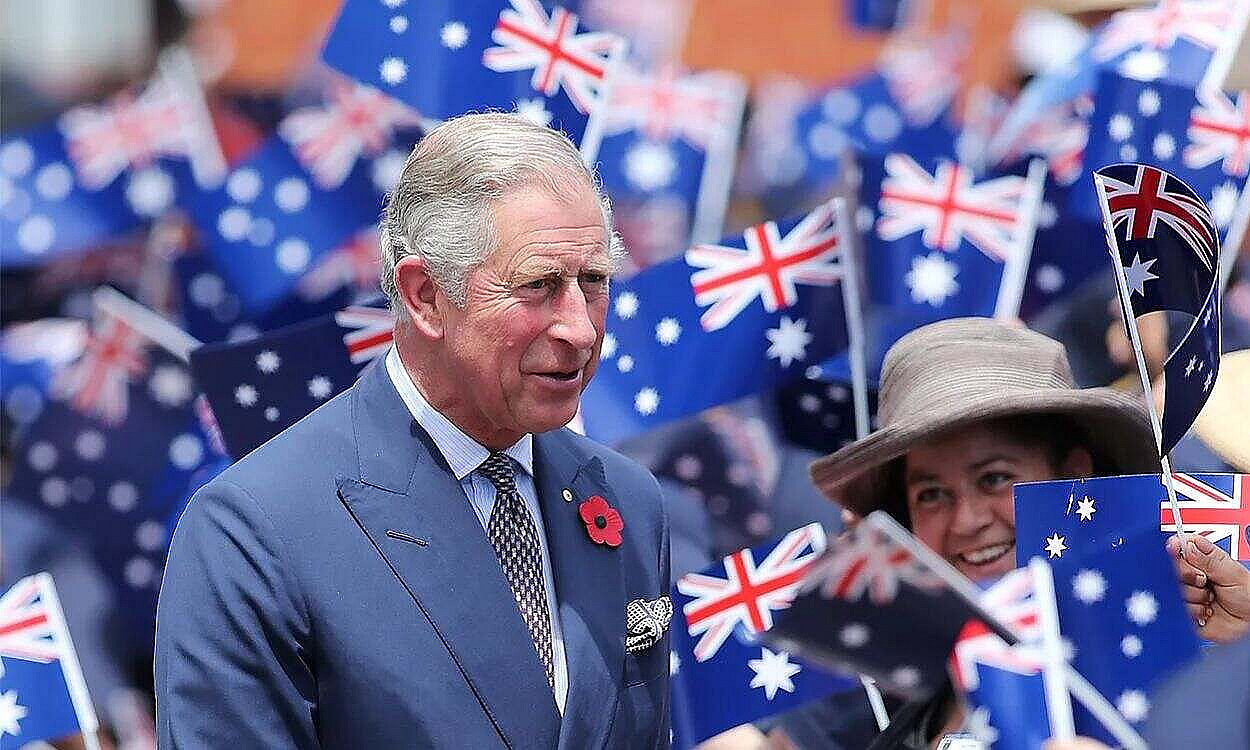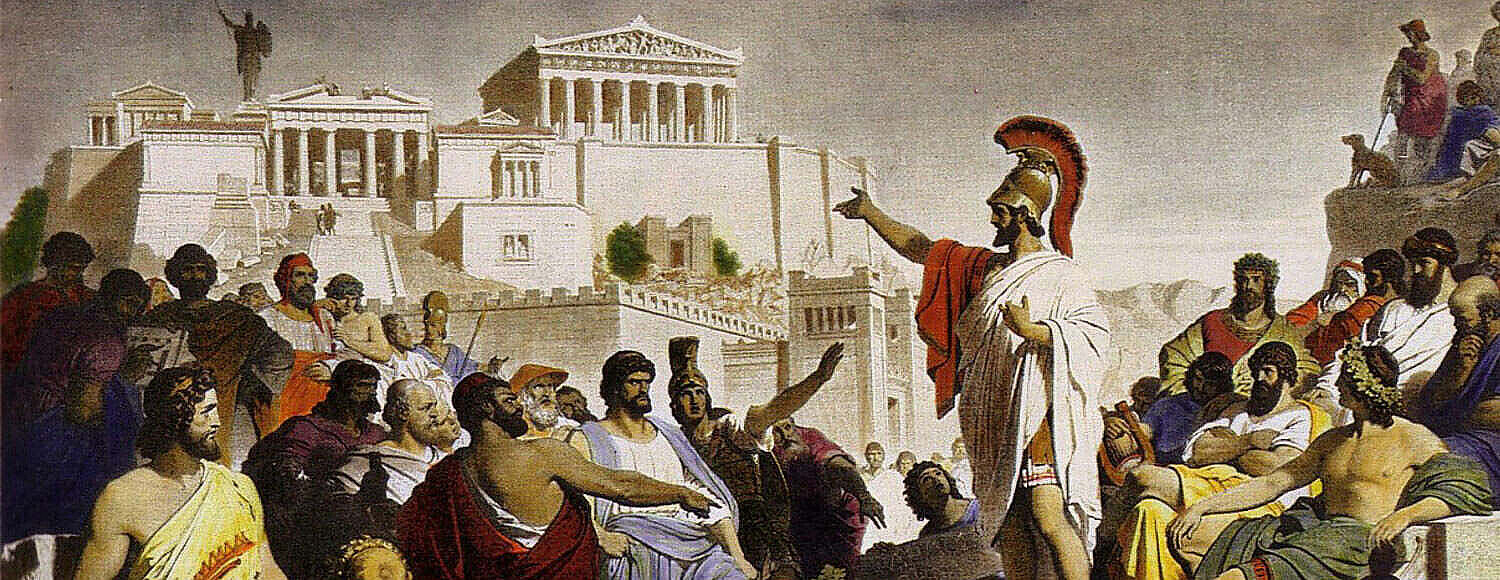How the founding fathers intended the Australian referendum to work.
It is not surprising that the Founding Fathers, democrats to a man, would have found nothing at all attractive in the constitutional plebiscite. Even in a democracy, as France was in 1851 and 1852, a constitutional plebiscite could be so easily misused as it so clearly was. They were determined to prevent change made by stealth, something which is now being proposed in Australia to take up the first decade of the 21st Century.
So what did the Founders do? In 1891 the draft Constitution provided that amendments be first proposed by the federal Parliament and then submitted for approval by a majority of elected State Conventions. But at the Corowa Conference, a peoples’ conference, it was decided that the process for constitutional approval, and by implication constitutional change, was to lie with the people. It was only when the politicians accepted this principle that the Federation of Australia could proceed.
During the referendum campaign in 1999, Kerry Jones and I (Prof. David Flint AM) were called to appear before the Joint Parliamentary Select Committee on the Republic Referendum at a hearing on 5 July 1999 in Sydney. One member asked me about cases concerning the removal of a Governor-General. I referred to various precedents in other Commonwealth countries which proved, in my view conclusively so, that, unlike the President of the proposed republic, the Governor-General could not be removed instantaneously. The member replied that she was not interested in other countries.
I thought but did not say that it was indeed fortunate that our Founders, wise men that they were, were neither provincial nor myopic. In drafting the Constitution, they looked at the experience of the world’s great democracies, and they learned from them. They knew that constitutional plebiscites could be so easily abused. They knew that the Swiss Constitution guarded against this. (That it also gives the people the right to initiate changes to the Constitution and to propose legislation is another issue.) In brief, our Founders knew how democratic the Swiss referendum was and how undesirable a constitutional plebiscite is.
It was on the same day, the 5th of July, that Mr Turnbull proposed to this same committee that the words “president” and “republic” be removed from the question on the referendum. Illustrating, if there need be such an illustration, the dangers of the constitutional plebiscite where any sort of question can be put to the people without any details.
So that is why our Constitution provides for a Swiss-style referendum as the only way for change. Under s.128, a proposed law to change the Constitution has to be passed by an absolute majority in each House of Parliament and then put to the people. (Where the Houses do not agree, it is still possible for the Governor-General to submit the referendum to the people.)
Not only is a national majority of electors voting required but there must also be a majority of those voting in a majority of States — that is, four States out of the six. If so approved, the bill is then presented to the Governor-General for royal assent.
(A majority of electors voting in a State is necessary to approve any alteration:
Diminishing the proportionate representation of that State in either House;
Diminishing the minimum number of representatives of that State in the House of Representatives (the most relevant being the minimum for Tasmania of five;
Increasing, diminishing or otherwise altering the limits of that State; or
In any manner affecting the provisions of the Constitution in relation to that State.)




